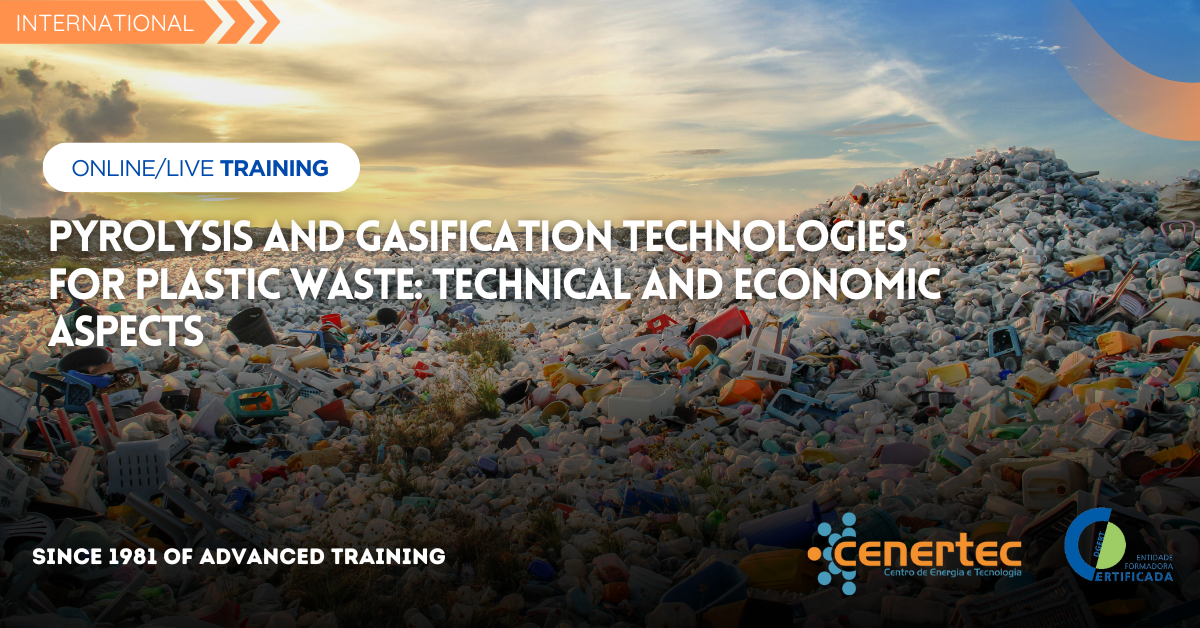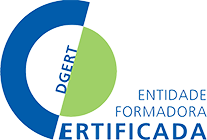Pyrolysis and Gasification Technologies for Plastic Waste: Technical and Economic Aspects
8th EditionColossal amounts of plastic wastes are dumped into the oceans (about 12 million tons/year) and it is expected to grow exponentially if nothing is done to prevent this. The impact of plastics in the oceans has been estimated to an annual loss of up to $2500 billion in the value of benefits derived from marine ecosystem services or 3.3% of the world GDP.
Until a true circular economy is put in place for all plastic objects we consume, it is therefore vital to develop and deploy solutions for the most polluted areas, i.e. in low income countries where no plastic waste management systems are in place. Pyrolysis technologies provide a solution for this by producing derived fuels that can be sold and/or transformed into electricity and heat. The course will explore the various commercial and near-commercial pyrolysis technologies available today, with their advantages and drawback, and potential for market penetration.
Upon completion of the course, the participants should be able to:
- Explain pyrolysis and gasification principles and techniques for plastic conversion into gaseous, liquid and solid fuel components. Their limitations and suitability to various types of plastic.
- Analyse the mass and energy balance of the two main types of pyrolysis technologies (medium temperature, high temperature) and draw conclusions on their application in practice.
- Define the requirement for the economic feasibility of a given project.
- The nature and impact of the plastic waste problem. Plastic composition, additives, toxicity, degradation behaviour, impact on ecosystems, food-chain and health issues.
- Review of existing solutions for plastic recycling and conversion to energy and their limitations (material recycling, incineration, gasification…).
- Current status of plastic pyrolysis processes: batch/semi-continuous/continuous, medium temperature range (400-500 C), high temperature range (700-800°C), use of catalysts.
- Current status of gasification process for plastic wastes and mixed wastes.
- Examples of running pilot and demonstration plants.
- Mass and energy balance of existing plants. Demonstration with the help of Stan2web software.
- Economic feasibility of a demonstration plant using Retscreen Expert Clean Energy Management Software.
- Engineers;
- Team leaders;
- Mechanical and electrical Engineers;
- R&D specialists;
- Project managers;
- Consultants;
- Economists;
- Teachers;
- Everybody interested in this topic.
- Theoretical contributions by PowerPoint presentations, examples (some with videos), Q&A with participants
- Short exercises with corrections
- Hands-on short training on Stan2web software (www.stan2web.net)
- Demonstration of Retscreen Expert Clean Energy Management software.
- Case studies on the mass and energy balance of existing plants
- Participants will be provided with a training licence for the latest version of RETScreen Expert software.
Seja notificado sempre que houver uma nova edição.



